Apple iPad Review 2021 (9th Generation)
- Significantly upgraded front camera
- Newest Apple chipset
- Apple Pencil and Smart Connector support
- Touch ID home button
- Best value iPad on market today
- No 5G, GSM, CDMA
- Design feels dated VS iPad Air, Mini, Pro
In reviewing the latest iPad (9th generation) released here at the tail end of 2021, it quickly became apparent that I'd need to bust out the archives. If you've not purchased a new iPad for the past half-decade, a new iPad should seem like a revelation. If you purchased an iPad (we're talking standard, here, not Mini, Pro, or Air), you might have a bit of trouble calculating the value of each individual feature.
What's different VS older iPad models?
If you're buying an iPad for your grandfather, or even a coworker or friend who'll only use said iPad for hobby play and browsing, differences between generations are few and far between. The vast majority of iPad users won't immediately see the difference between an iPad (7th generation) and an iPad 8th or 9th generation device.
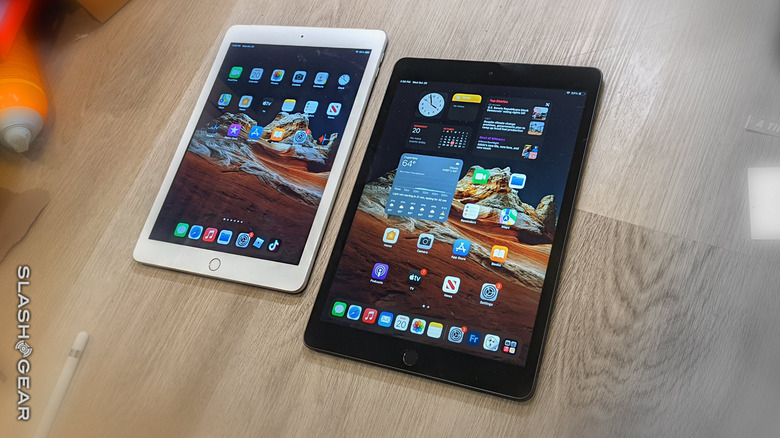
I've used each different sort of iPad in the past decade – if not for extended periods of time for reviews, then in passing, as friends and relatives used the devices at outings or holiday events. I've been buying, using, and reviewing the iPad lineup since it seemed normal to stand in line at the Apple Store to buy the device on launch day.
If we're comparing this new iPad (9th Generation) to the iPad (6th generation) (released in the year 2018), we have a fair timeframe for iPad users that'll be in the market for an upgrade. If you have an iPad (6th generation) now, you have an iPad with a 9.7-inch display – you have the last standard iPad with that display size.
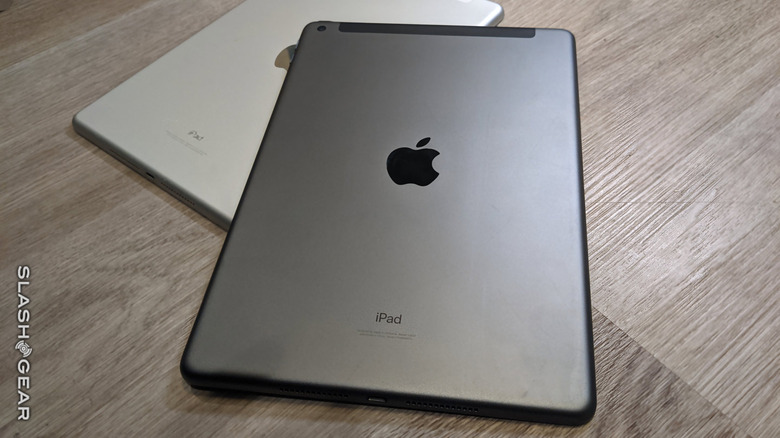
Each iPad released in 2019 or later has a 10.2-inch display. The move from 9.7-inches to 10.2-inches will seem like an upgrade, especially since the devices have literally the same pixel density – they're exactly the same sharpness, the newer device just has a bit more screen space to work with.
The iPad is also just a bit taller and wider, but exactly the same depth (thickness) as each of the most recent models. That goes for the iPad 5th, 6th, 7th, 8th, and 9th generation devices – each has the same physical depth as the others.
The newest iPad (9th generation) has an ever-so-slightly more advanced set of display features than any previous iPad. The new unit has the same LED backlit panel with IPS tech inside as was released with each of the past several iPads, but this new unit adds sRGB color and True Tone tech.
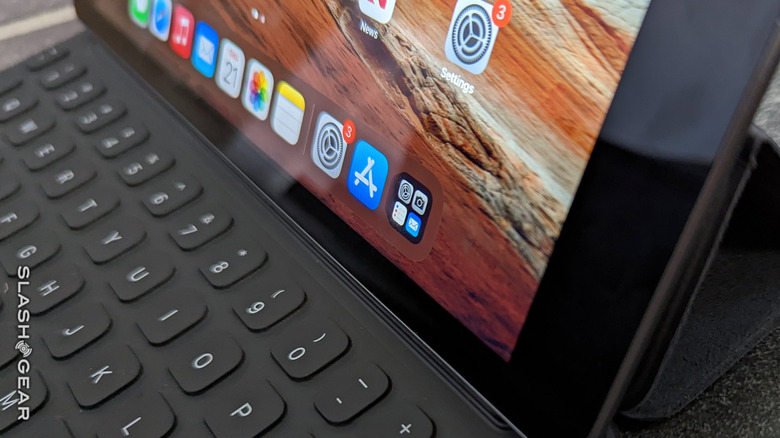
True Tone automatically adjusts the color temperature of the display on the iPad according to the colors around it. If you've never used a device with True Tone before, and start using a True Tone display every night, then try to go back to a non-True Tone display, you might miss it. You might find yourself thinking your display looks strangely off when you walk through a doorway into a room with different sorts of lamps.
True Tone won't absolutely change your life – but it's nice to have on-hand. You might never think of it when you use the iPad, but it's a nice feature that really should be default for all smart devices from this point forward.
Having full sRGB coverage is a similar situation – once you move from a lesser display to a display with full sRGB color coverage, you'll never go back. You'll find lesser displays to appear washed out. Full sRGB coverage should, by all means, be the baseline for all smart devices like this from this point forward.
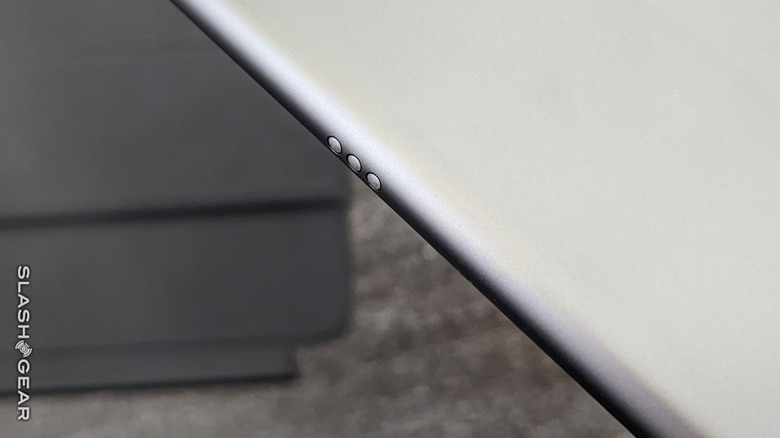
The new iPad has a Smart Connector (pogo pins) so it's able to connect to a variety of new accessories. Most important of these is the Smart Keyboard from Apple – that's the one you'll want if you're not already used to using a Bluetooth keyboard, if you absolutely need to type on a physical keyboard rather than on the device's display.
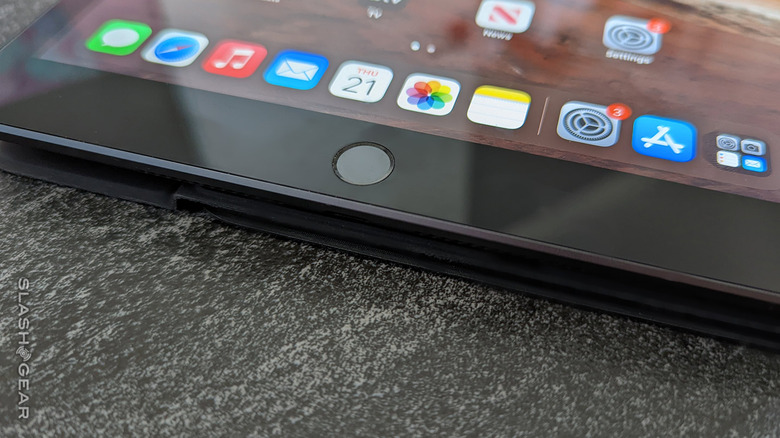
The iPad 6th generation did not have a Neural Engine inside, the newer generation iPads do. Each new iPad has a significantly upgraded processor chipset inside – but you'll only really notice if you're using demanding apps and editing software. This new iPad retains the Touch ID fingerprint scanning home button that's been present on the most basic iPad for several years – and it still works great.
What's different vs recent iPad models?
Not much is different if you're comparing an iPad 9th generation to an iPad 8th generation. You have bigger internal data storage sizes by default (starting with 64GB), you have sRGB coverage in the display as well as True Tone tech, and you have the latest processor.
You have effectively the same camera situation on the back of the device, but the front-facing camera has some significant improvements. For the first time in a long time, the iPad has a front-facing camera that can capture photos bigger than 1.2MP. The newest model has a 12MP camera with "2x zoom out" and extended dynamic range for videos with as high a frame rate as 30fps.
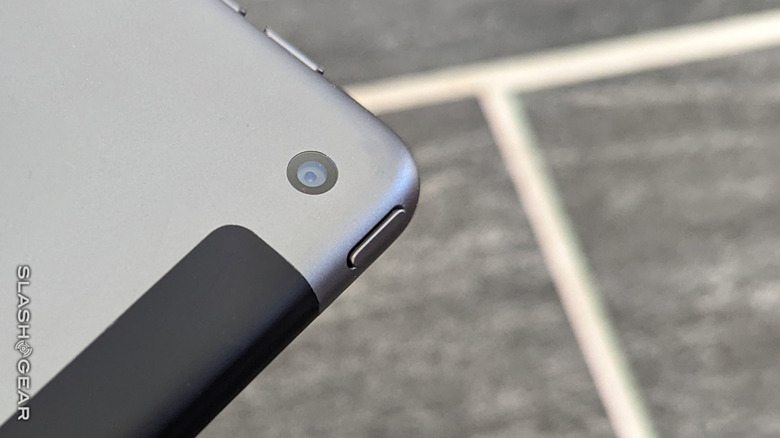
The front-facing camera gets an upgrade from the previous best 720p to a full 1080p with 25, 30, and 60fps frame rate video recording capabilities. This new device also has "Center Stage" tech. With Apple's Center Stage, the iPad can track you and "anyone else with you" and effectively keep you in the video frame even as you move back and forth. This feature works best if you're just moving back and forth a small distance – it doesn't quite keep you in frame if you're attempting to run circles around the device.
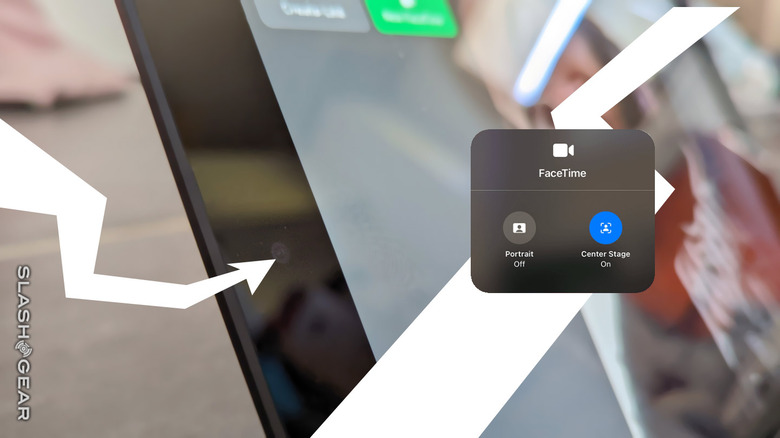
The most significant upgrade made by Apple with the iPad (9th generation) over the 8th generation (and each before it), is in the front-facing camera. True Tone display and sRGB coverage could be significant if you hold the devices next to one another and compare the differences, but in practice, the average user won't likely find these features to be life-changing experiences.
Casing color options might also be a consideration you need to make. This new iPad (9th generation) only comes in Space Gray and Silver, and both versions have black bezels around their displays. There is no 9th generation "white" iPad. If you want a standard iPad with a white bezel front, or a Gold iPad, you'll need to buy an older model. Other colors appear with the iPad Air, mini, and Pro.
As a creative device
Back in the year 2016, I did a review of the iPad Pro for artists, illustrators, and designers. I liked the amount of space afforded by said gigantic tablet. I was excited about how the Apple Pencil worked. I didn't – and really, still don't – like how the Apple Pencil charged, paired, and used a magnetic cover for its charger. I'm still less than thrilled with having to be extra careful not to misplace the magnetically-attached back cover for the Lightning connector on this Apple Pencil.
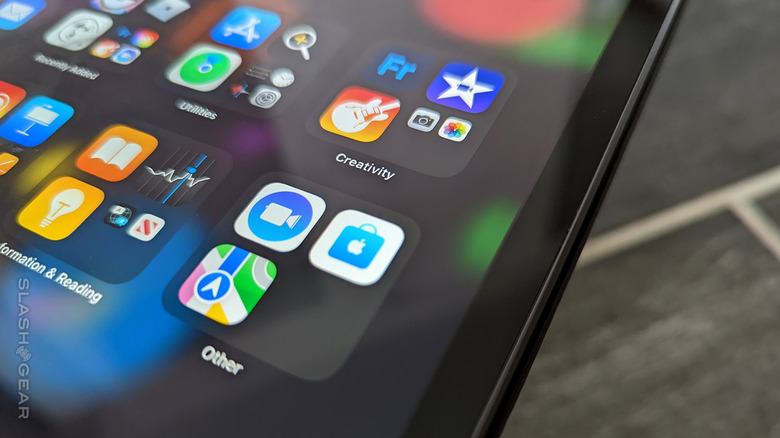
But beyond that, the Apple Pencil remains an excellent tool for creative endeavors with the iPad. Now that I'm able to use the Apple Pencil with a device as inexpensive as the standard iPad, the value far exceeds the cost. I now use the Apple Pencil so often that I'm surprised it isn't part of the iPad by default. I understand there are plenty of reasons why a person would buy an iPad without needing an Apple Pencil, but I can't imagine going back to a time when said high-end stylus did not exist.
If you DO end up buying an iPad and an Apple Pencil, I'd recommend finding a case that can store the Apple Pencil while not in use. If you're using an app like Adobe Fresco (with Adobe Creative Cloud), you'll find keeping the Apple Pencil close to your iPad as essential as protecting the device's display with a case while in transit or temporary storage.
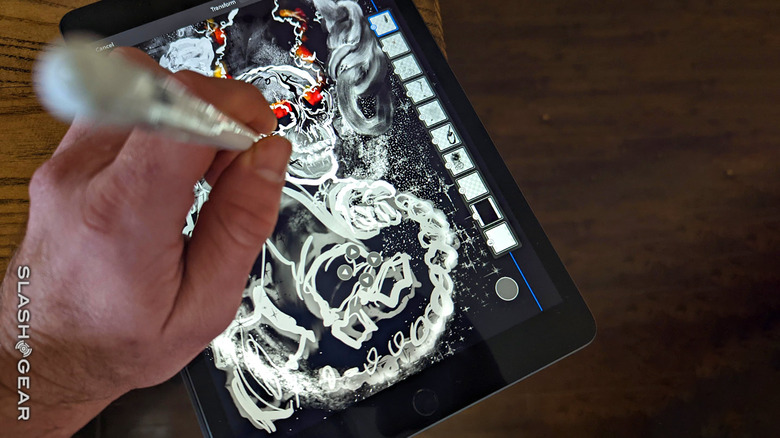
You might expect that this least expensive iPad would be somehow less powerful a tool for illustration or other creative arts. If you're looking for a device with powerful cameras – especially when it comes to the camera array included on the iPad Pro – this device is not the iPad you're looking for. It has cameras that are OK for image and video capture, and slightly better than ever before for frontside-camera video chat (because of the upgraded front-facing camera and inclusion of Center Stage tech.)
In effectively every other way I've used this device as a creative tool, I've not found it lacking. At the price this iPad is sold by Apple, there is no other better tablet or tablet-like device for creative expression on the market today. That's assuming you're also buying an Apple Pencil or already have an Apple Pencil at home right this minute.
Wrap-up
The iPad remains an impressively cohesive piece of hardware and software design, even here in what feels like Apple's most old-school model of the line-up. If you've used an iPad before, you know what you're in for, and it's a blunt reality that the competition from Android tablets is effectively non-existent.
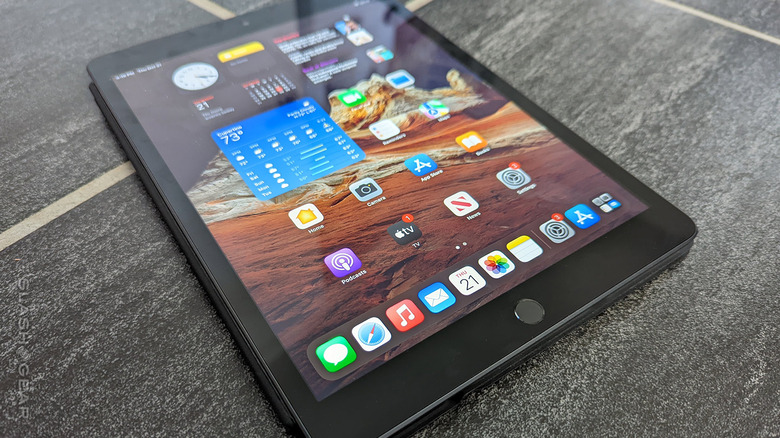
If you just want the least expensive iPad you can buy, but also want to make sure you're buying a device that'll get software updates from Apple for as many years as possible after purchase, the iPad (9th generation) is your best bet.
If you just want the least expensive iPad that's still worth the cash it costs right now, a refurbished 7th generation iPad or later is going to be what you want to look for – but good luck finding one, as they are not often sold at this point by official Apple stores or resale businesses. Whatever you do, don't go buying a device that's older than what Apple considers "vintage." Take a peek at their Vintage and Obsolete list for iPad to see which devices you should avoid, regardless of how inexpensive they appear on whatever market you're using.
At $329 USD, the iPad is more than worth its base asking price. So long as you're able to avert your eyes from the more expensive iPad models Apple also sells, you'll have a mobile computing experience that far outweighs its cost in dollars. You needn't even add an Apple Pencil or Smart Keyboard to make the device worth your while – but once you use either of the two, you'll never go back.
